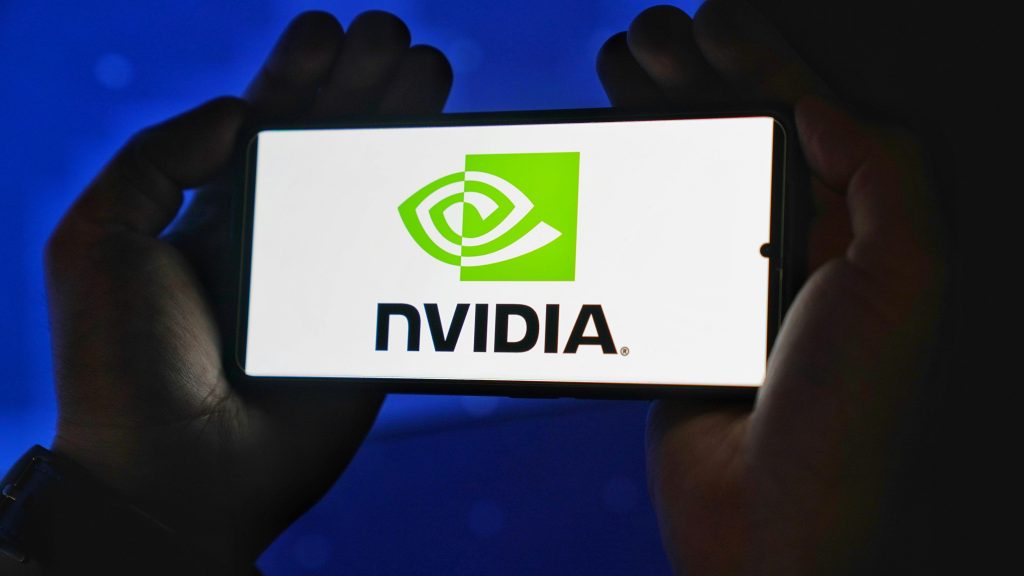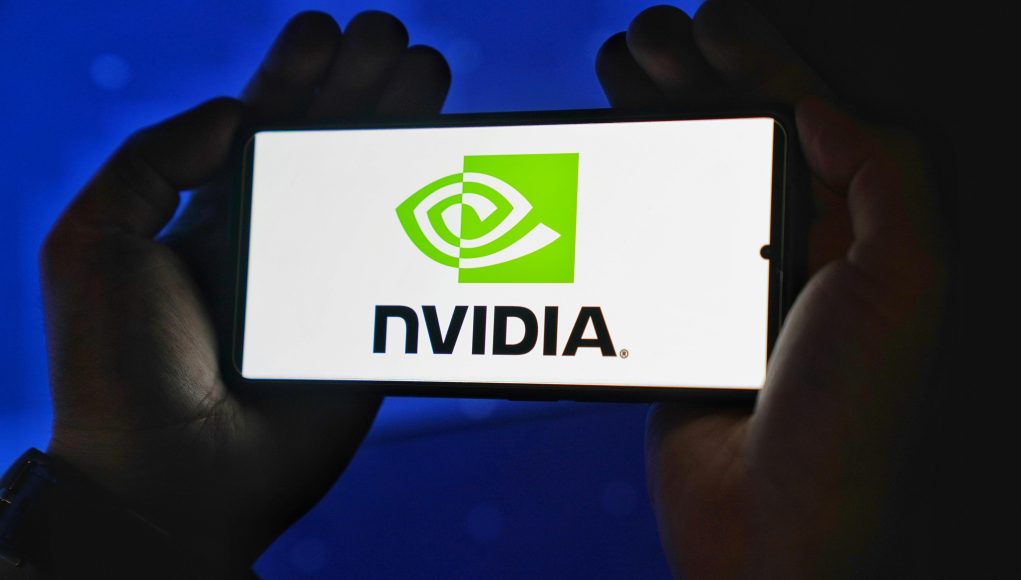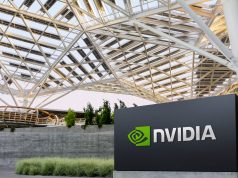
(Singapore, 28.08.2025)In a surprising turn for the market, Nvidia Corp., the world’s most valuable company, announced a conservative revenue forecast that hints at a slowdown in the frenzied AI spending boom of the last two years. While the company’s leaders remain optimistic, the news sent a ripple of caution through the tech sector, causing Nvidia’s shares to dip and raising broader questions about the sustainability of the AI rally.
On Wednesday, Nvidia projected revenue of approximately $54 billion for the fiscal third quarter, which ends in October. While this figure aligns with the average Wall Street estimate, it fell short of more optimistic projections from some analysts who had anticipated more than $60 billion.
This tempered outlook immediately impacted markets. Contracts for the Nasdaq 100, a key US tech index, fell by 0.6%, and Nvidia’s own stock tumbled 3% in extended trading. The dip in US equity futures followed a strong regular session where the S&P 500 benchmark had just hit a new record high.
A Jolt to the AI Boom
For months, global equity markets have been propelled by the powerful narrative of the AI revolution. Since April alone, Nvidia had added approximately $2 trillion to its market value, buoyed by the immense optimism surrounding artificial intelligence. However, the company’s cautious forecast ignited “niggling fears of slowing investment in the AI space and lower growth going forward,” according to Kyle Rodda, a senior market analyst at Capital.com.
Despite this conservative forecast, the company’s second-quarter results were strong. Sales for the period, which ended on July 27, increased by 56% to $46.7 billion, surpassing the average estimate of $46.2 billion. This growth, while adding over $16 billion in revenue from the previous year, represented the smallest percentage increase in more than two years, a significant sign that the period of explosive growth might be stabilizing.
The Geopolitical Cost of Doing Business in China
A significant headwind for Nvidia has been the complex and evolving situation in China, a crucial market where semiconductor technology has become a major point of contention between the U.S. and China. While the Trump administration recently eased some restrictions on AI chip exports, the change has yet to translate into a rebound in revenue for Nvidia.
The company’s second-quarter results highlight the direct impact of this geopolitical rivalry. Nvidia reported no sales of its H20 AI chip to China-based customers during the quarter, a sharp decline of about $4 billion from the previous period. The third-quarter forecast also excluded any revenue from H20 sales.
During a conference call, company officials noted the ongoing uncertainty. The U.S. government’s plan to take a 15% cut of revenue from China AI chip sales has not been finalized and presents potential legal and competitive risks for Nvidia.
While CFO Colette Kress stated that a few customers have received licenses, the number of shipments is dependent on securing more government approvals. Despite this, CEO Jensen Huang remained hopeful, mentioning that the opportunity to bring the more advanced Blackwell chip to the China market is a “real possibility,” believing the market represents a $50 billion opportunity for Nvidia with an estimated growth rate of 50% per year.
A Company Transformed, But Still Facing Challenges
Nvidia’s journey from a niche graphics card maker to a tech giant is nothing short of remarkable. For most of its 32-year history, the company was a much smaller player, living in the shadow of rivals like Intel. Its breakthrough came from adapting its graphics processing units (GPUs) to run AI software, a concept Huang calls “accelerated computing.”
This innovation has propelled Nvidia to new heights. As recently as 2022, its annual revenue was a fraction of what it now generates in a single quarter. Today, the company is on track for annual sales of $200 billion, with estimates predicting that number could exceed $300 billion by 2028. This would give Nvidia about a third of the entire chip industry’s revenue.
However, the company’s success is largely tied to the spending habits of a small group of customers, with tech giants like Microsoft and Amazon accounting for roughly half of its sales. To diversify, Huang is aggressively expanding into new markets and offering a wider range of products, including full computer systems, networking gear, and software.
Despite its market dominance, with in-house efforts from companies like Amazon and challenges from rivals like AMD yet to make a significant dent, Nvidia still faces persistent supply-side issues. The company relies on outsourced production, primarily from Taiwan Semiconductor Manufacturing Co. (TSMC), and ramping up production of new, complex technology remains a constant challenge.
This earnings report, while demonstrating continued growth, has tempered the fever pitch of the AI market. It serves as a reminder that even for the most successful companies, external factors and a slowing pace of growth can put the brakes on an otherwise unstoppable rally.





































